NASA Langley Research Center
The First Century
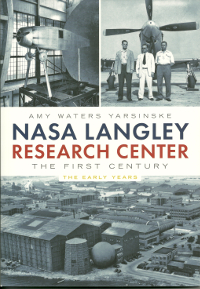
The Early Years
No place has played a larger role in the history of American flight technology or flight technology in general that Langley Research Center,” observed Tom D Crouch Ph.D., D.H.L., an aeronautics historian and senior curator with the Smithsonian Institution’s National Air and Space Museum. “It’s had to think of a military airplane flying today that doesn’t have Langley’s signature on it. It’s hard to think of a military airplane flying today that Langley wasn’t involved with in one way or another.”
Visit the NASA Langley Research Center website: https://www.nasa.gov/langley
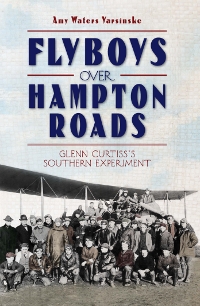
Flyboys over Hampton Roads
Glenn Curtiss’s Southern Experiment
The story begins in the fall of 1915, on the cusp of America’s entry into World War I. Aviation giant Glenn Curtiss sought a location where pilots could train and aircraft could be tested year-round, and he found it in the warm winds and waters of Newport News, Virginia. There, daring young men and women in their flying machines flew on to fame and into history with their record-breaking flights and the tragic losses that were inevitable in early flight. Join military historian Amy Waters Yarsinske as she uses rare vintage photographs and a deft hand to narrate this astounding and often forgotten period in aviation history.
What’s been written about Flyboys Over Hampton Roads:
“Great research leads to a great book. This is both. Buy it and support the writers that tell us great aviation stories.” – Amazon review
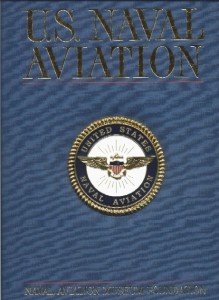
U.S. Naval Aviation
The definitive, official illustrated book on U.S. Naval Aviation, published in a fully updated and revised edition. On May 8, 1911, the United States Navy ordered its first airplanes and United States naval aviation was born. The Navy’s aviation arm was founded on the same courage and spirit that still define its ranks: self-taught flier Eugene Ely, wearing a football helmet and a bicycle inner tube as a life preserver, became the first man to both take off and land on the deck of a ship. Over the next nine decades, naval aviation roared forward on the backs of the most advanced aircraft and well-trained aviators and flight crews in the world. Now, 100 years after its founding, the spirit and essence of United States Naval Aviation is celebrated for the first time in a definitive, magnificently illustrated, large-format book published in association with the Naval Aviation Museum Foundation. Visit the Naval Aviation Museum Website: https://www.navalaviationmuseum.org/
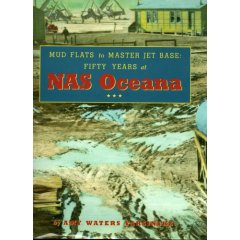
Mud Flats to
Master Jet Base
Fifty Years of NAS Oceana
In the 1880s, a whistle stop named Tunis was the only oasis of civilization on the Norfolk Southern Railway spur between already-urban Norfolk and the popular Virginia Beach oceanfront. Everything in-between was sprawling farmland. Homes and a couple of country stores eventually sprouted around the next-to-last stop in Princess Anne County and, to give it a name more appropriate to the train’s destination, the hamlet at Tunis was renamed Oceana in 1891. By 1938, with the threat of war a real possibility, the Navy had only the air station at Norfolk and two grass auxiliary fields for its aviators to practice. Then-Rear Admiral Patrick Neison Lynch Bellinger, commander in chief, Naval Air Force Atlantic, received orders to locate, acquire and build out four additional fields around Norfolk “because they had so damn many pilots to train so fast,” recalled retired captain Dexter C. Rumsey II, who would command Oceana in the years that followed World War II.
Visit the NAS Oceana website: https://cnrma.cnic.navy.mil/Installations/NAS-Oceana/
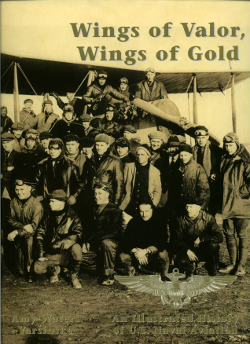
Wings of Valor, Wings of Gold
An Illustrated History of
U.S. Naval Aviation
This exhaustively researched book written by author and historian Amy Waters Yarsinske traces the rich history of naval aviation from the Hampton Roads perspective in 360 pages of text and 625 black and white and color photographs and illustrations, most of which have never before been published. The author conducted hundreds of interviews, from airman to admiral, to capture this never-before-told look at the history of American naval aviation from its origins in Hampton Roads to its impact on the course of world events.